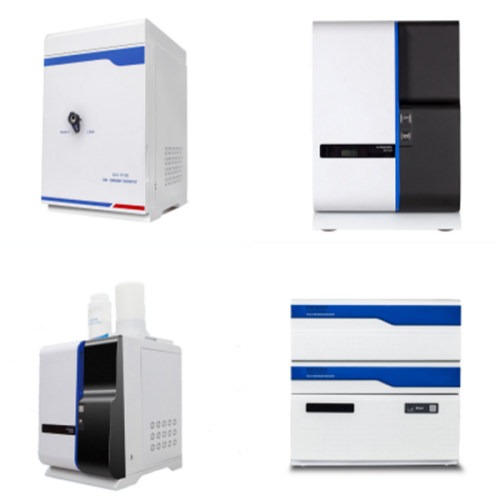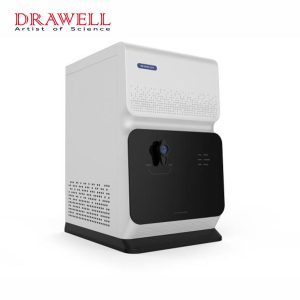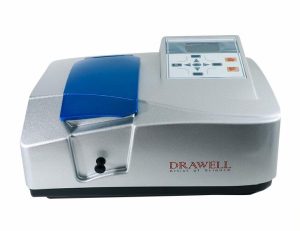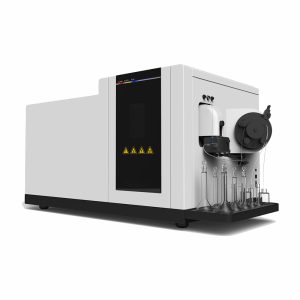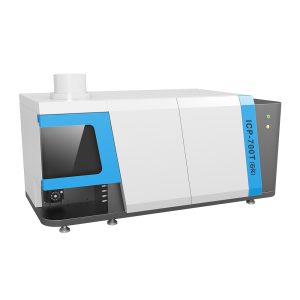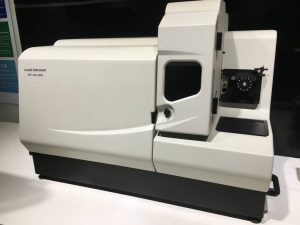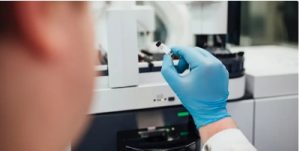Ion Chromatography (IC) has been used for a long time as an essential analytical technique to separate and quantifying the ionic species found in complex mixtures. Its applications include the fields of environmental testing, food safety, pharmaceuticals, industrial processes control, etc. While conductivity detection was the foundational element of ion chromatography, evolving analytical demands in analytical analysis, particularly for trace-level detection and multi-analyte separation, have led to the development of hybrid detection techniques. These hybrid detection techniques combine the advantages of different detection methods to improve accuracy, sensitivity and selectivity.

Why Need Hybrid Detection Techniques in Ion Chromatography
- Addressing Complex Sample Matrices
Modern analytical problems typically involve complex samples that contain an array of inorganic ions, electroactive compounds, organic acids along with trace contamination. Single-mode detectors that are used in the past such as conductivity detectors, might not be sufficient to identify the exact amount of the analytes that are present. Hybrid detection methods permit simultaneous measurement of several types of analytes, increasing overall detection capabilities.
- Overcoming Interference and Co-elution Issues
In complicated matrices, background signals generated by large levels of non-target ions, or co-eluting compounds can cause interference with the accuracy of detection. Single detectors might be unable to discern the overlapping peaks or distinguish signals. By combining detection methods that complement each other they provide orthogonal data to distinguish compounds with closely eluting chemistry and decrease false positives and negatives.
- Enhancing Sensitivity for Trace-Level Detection
The requirements of research and regulation increasingly require detection of pollutants and analytes at trace or ultra-trace levels. The conventional detectors are often not equipped with the sensitivity required for these small concentrations. Hybrid systems, specifically those that integrate mass spectrometry and fluorescence detection, provide greater specificity and sensitivity to meet the stringent requirements.
- Expanding the Range of Detectable Analytes
Certain substances, like organic acids that are weak electrolytes and electroactive species might not be able to respond to conventional conductivity detection. Hybrid detection allows the analysis of a broader range of analytes, by incorporating detectors that respond to different physical or chemical properties.
- Improving Analytical Efficiency and Workflow
With the ability to detect multiple parameters within one chromatographic run hybrid detection eliminates the requirement for multiple samples to be prepared or for separate analyses. This improves workflows in laboratories can save time and saves resources while delivering greater data sets from every sample.
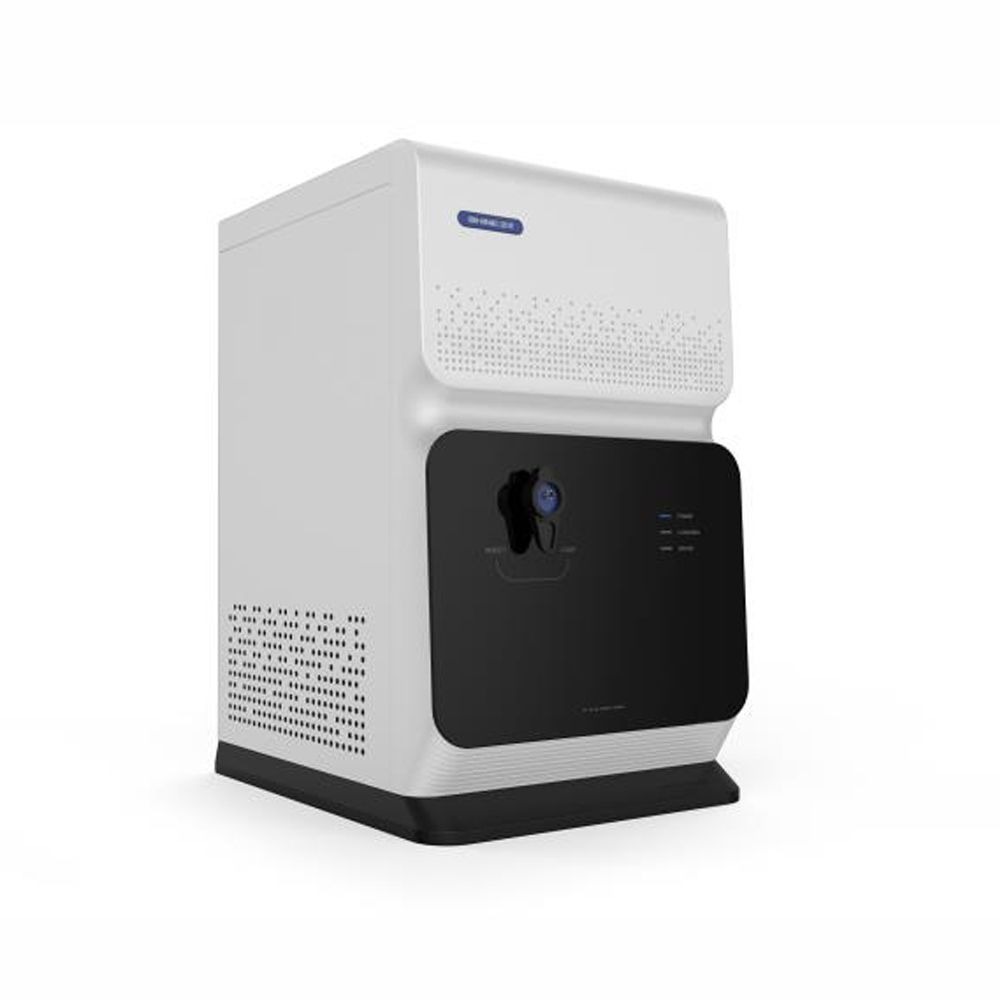
Key Hybrid Detection Combinations in Ion Chromatography
1. Conductivity and UV/VIS Detection
A very popular hybrid detection systems used in ion chromatography integrates conductivity detection and ultraviolet-visible (UV/VIS) thermoscope. Conductivity detectors excel in measuring organic ions through their capacity to conduct electricity. UV/VIS detectors are ideal for studying substances that absorb ultraviolet or visible light, like organic acids, aromatic compounds as well as pharmaceutical residues. Through integrating the two detection modes analysts are able to simultaneously analyze more analytes in one run. This is especially beneficial when it comes to environmental analysis, as samples typically contain organic ions such as nitrate as well as organic pollutants that have UV absorption.
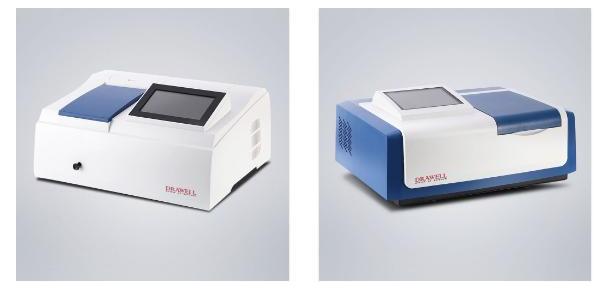
2. Conductivity and Mass Spectrometry (IC-MS)
The combination of ion chromatography and mass spectrometry is an effective hybrid detection method which combines qualitative and quantitative analysis. Conductivity detection allows for precise quantification of ionic species. Likewise, mass spectrometry allows molecular identification by using the measurement of mass to charge ratio. This dual detection system is particularly useful for identifying trace contaminants, as well as identifying unidentified substances, and verifying whether there is co-eluting substances which could otherwise impede the analysis. It is commonly used for tests for water quality as well as pharmaceutical impurity profiling and metabolomics research where the molecular specificity and sensitivity are essential.
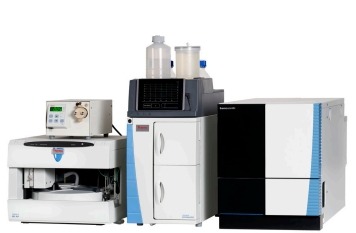
3. Conductivity and Amperometric Detection
Amperometric detection detects the current produced through reduction or oxidation reactions of electroactive substances on a working electrode. When coupled with conductivity detection this hybrid system extends analysis capabilities for IC by allowing for the detection of compounds which undergo electrochemical reaction, like cyanide, sulfide and some sugars. This particular combination is extremely beneficial in food and environmental testing, where the samples can contain a mixture of electroactive and inorganic ions as well as organic compounds, which require simultaneous analysis.
4. Conductivity and Fluorescence Detection
The detection of fluorescence offers a remarkable specificity, particularly for substances which either naturally emit fluorescence or are derivatized by fluorescent tags. When coupled in conductivity measurement, the hybrid method permits simultaneous detection of organic particles and trace amounts of organic substances. Applications in environmental and biomedical areas benefit from this method because it improves the detection of species with low abundance which might be missed with other methods. For instance, fluorescently-tagged amino acid or metal complexes could be observed alongside the typical ions from water samples.
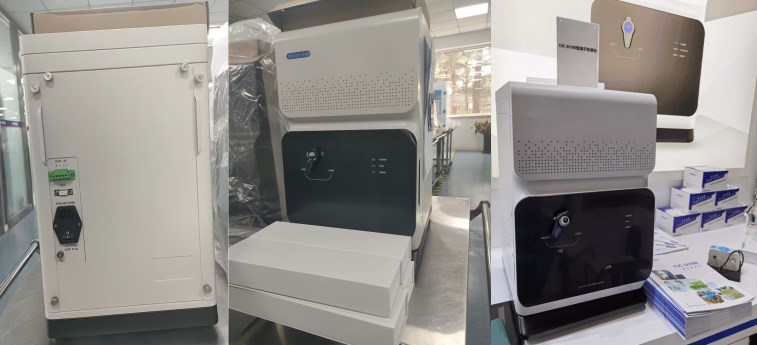
Challenges in Hybrid Detection Techniques in Ion Chromatography
| Challenges | Description |
| System Complexity | The integration of multiple detectors adds technical and operational complexity |
| High Cost | Advanced detectors and integrated systems result in higher costs for maintenance and capital |
| Method Development Difficulty | Configuring the conditions to work with multiple detectors at once requires a lot of development time |
| Calibration Complexity | A separate calibration for each detector increases the workload and increases the risk of error |
| Data Processing and Interpretation | Combining information from various detectors can be a challenge and requires special software |
| Maintenance and Reliability | More components can increase the likelihood of failure as well as maintenance demands. |
| Sample Preparation Constraints | Certain detectors require certain conditions for the sample, which can complicate workflow |
| Detector Sensitivity Mismatch | Different sensitivity ranges could result in difficulties when the correlating of information |
| Laboratory Space Requirements | Hybrid systems usually require more space in order to install and operation |
Key Trends Shape the Future of Hybrid Detection Techniques in Ion Chromatography
The Ion chromatography field is growing rapidly, driven by increasing demands from analytical laboratories for higher selectivity, sensitivity and efficacy. Hybrid detection methods, which combine two or more detection techniques that are complementary are at the forefront of this development.
- Greater Integration of Mass Spectrometry
One of the most important developments in hybrid detection for Ion Chromatography is the growing integration of mass spectrometry (IC-MS). The advancements in interface design and Ionization techniques have made these systems more reliable and user-friendly. This combination offers exceptional specificity and molecular level identification which allows for a accurate analysis of both trace-level and complex analytes. In the future, ICMS platforms will be more efficient and widespread in routine labs.
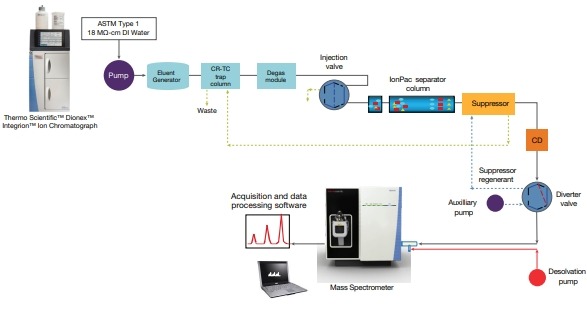
- Expansion of Multi-Mode Detection Systems
Hybrid detectors are moving away from dual-detector systems to multi-mode detection systems that integrate several detection methods, such as UV/VIS, conductivity and fluorescence in the same IC instrument. This advancement allows for complete chemical profiling that provides greater depth of data from complex samples without the requirement of multiple analysis. The most advanced data processing methods such as artificial intelligence can play a crucial role in the management and interpretation of the growing complexity of data.
- Advances in Sensor Technologies
New sensor technologies are expected to enhance hybrid detection capabilities even more. New electrochemical sensors that offer enhanced quality and stability, in conjunction with extremely sensitive optical detectors will enable the detection of a greater spectrum of analytes with lower concentrations. They will also enable real-time monitoring and control during chromatographic runs making for more efficient and smarter efficient analysis.
- Miniaturization and Portability
The trend towards diminution will result in creation of compact, hybrid detection systems that integrate. Portable ion chromatography instruments with hybrid detectors can perform field and on-site analyses which will reduce turnaround times, as well as making it possible to make immediate decisions in applications such as environmental monitoring food safety as well as clinical testing.
- Emphasis on Sustainability
Sustainable considerations are influencing the design of instruments. The future hybrid detection techniques will seek to reduce the use of solvents, energy consumption and waste generation. The greener practices in analytical practice help to protect the environment while ensuring high performance in the analytical.
Summary
Hybrid detection techniques are an important advancement in the filed of Ion chromatography. By combining multiple detection techniques, they offer a significant alternative to the limitations of conventional single-mode detectors. As the needs for analytical research are constantly evolving, particularly for fields that require ultra-trace analyses or multi-component profiling, hybrid detection techniques in IC will be more and more crucial, providing greater precision, flexibility and reliability for a wide variety of industrial and scientific applications.
Related Products Recommendation
Get Quote Here!
Latest Posts
What Next?
For more information, or to arrange an equipment demonstration, please visit our dedicated Product Homepage or contact one of our Product Managers.

